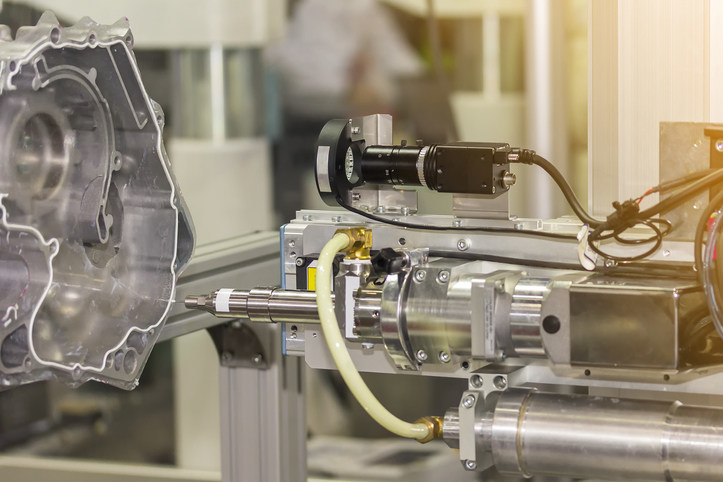
Reported advantages of Hot Melt Adhesives (HMAs) are driving the industry’s growth
by CM Staff
HMAs have several benefits over other adhesive formulations, such as faster drying and setting, cost-effectiveness, and low volatile organic compound (VOC) emissions.

Hot melt adhesives
SAN ANTONIO — The market for hot melt adhesives (HMAs) will rise by 2028 due to its multiple advantages to customers across industries, finds Frost & Sullivan’s recent analysis, Global Hot Melt Adhesives Growth Opportunities. HMAs reportedly have several benefits over other adhesive formulations, such as faster drying and setting, cost-effectiveness, and low volatile organic compound (VOC) emissions. The global HMAs market is expected to garner $13.81 billion in revenue by 2028 from $9.03 billion in 2021, growing at a compound annual growth rate (CAGR) of 6.3%.
“The rise of sustainability as a Mega Trend poses a challenge for HMA product development,” said Ganesh Dabholkar, Chemicals, Materials & Nutrition Research Analyst at Frost & Sullivan. “However, HMA manufacturers’ commitment to developing bio-based chemistries in the next two to three years will reduce the carbon footprint and promote sustainability without compromising the efficiency of the production process.”
Dabholkar added: “HMAs market participants move to address a range of customer demands, such as bio-based formulations and heat-resistant products, and encourage them to expand their product portfolios or enter new markets. It will help them establish long-term pricing contracts and exclusive partnerships with local and regional distributors, ensuring import security, supply chain efficiency, and local inventory management for raw materials.”
To tap into the growth prospects of the lucrative HMAs sector, market players should:
- Invest in research and development (R&D) efforts and develop products that can effectively resist the negative impact of high operating temperatures on bond strength.
- Develop solutions and chemistries that enable the recycling of bonded products, such as furniture or packaging, and promote the circular economy.
- Make strategic acquisitions to quickly develop a new business/product segment and enter a new market by leveraging an established regional distribution network through an inorganic growth strategy.